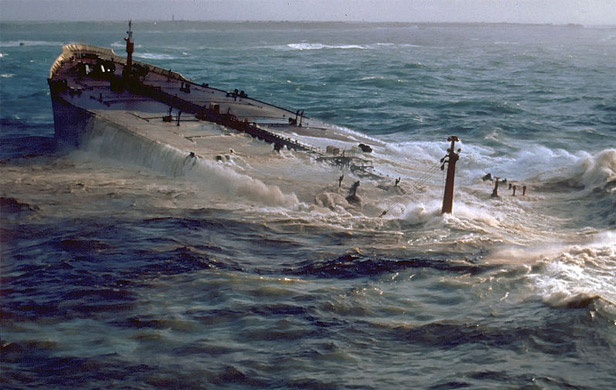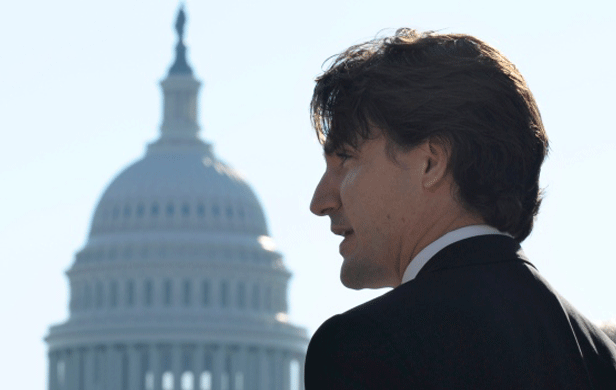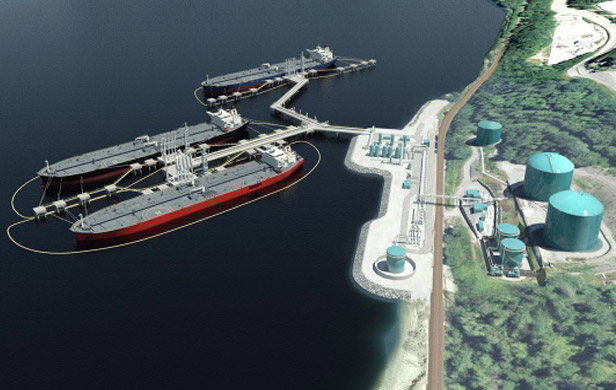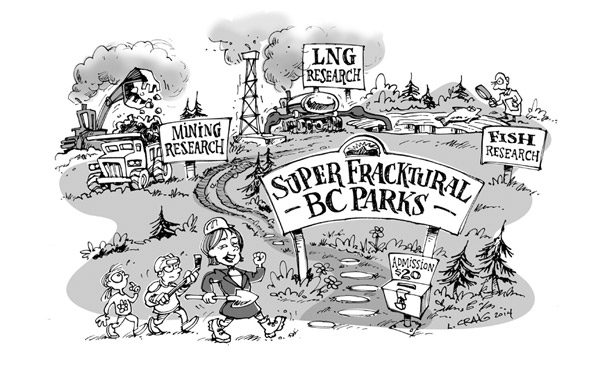
In my previous March 2016 article “Pipelines to Nowhere“, I made the point that the proposed Canadian pipelines are about increasing the international supply of petroleum when all the signs are that demand fossil fuels are levelling off over the longer term.
For example, recent data showed renewables represented 99% of new US electrical generation capacity added in Q1 of 2016, up from the 68% in 2015 referred to in my March story, leaving one to believe that further progress has been made since year 2015, when 90% of global new capacity added was associated with renewables.
That said, it is the incredible, emerging trends in the transportation sector – currently nearly 100% dependent on petroleum – that are on the verge of severing the world from its heavy addiction to oil. On that note, the majority of car companies have plans for bringing in a wide array of plug-in hybrid and electric vehicles by 2020 and by that time an electric vehicle would be competitively priced versus a conventional internal combustion engine vehicle.
Big car makers get serious about EVs
Notwithstanding this progress, the transportation times appear to be changing faster than indicated since my March article was published. A couple of significant examples confirm this trend, including:
1) Volkswagen recently announced it will invest $11B in a battery manufacturing facility and expects 20% to 25% of its sales – 2 to 3 million vehicles/year – to be electric vehicles by 2025
2) Tesla has $1000 deposits for 370,000 Model 3 vehicles that won’t be delivered until 2017
3) A projection coming out of the UK suggests that by 2020 there will be more charging stations in the UK than gasoline stations
4) Porsche is hiring 1400 people for the development and deployment of its new electric sports car
5) Mack, Tesla and China’s BYD have made it known they will be bringing electric trucks into the marketplace, with the BYD truck to be assembled in Lancaster, California – the same place BYD manufactures electric buses – and the two types of vehicles will share many components.
Outpacing the aforementioned examples, Norway has increased its sales of plug-in hybrids and electric vehicles from 25% of the total new vehicles sold in 2015 to 28% in the first half of 2016.
Germany, Netherlands could ban gas cars
Against this backdrop, the Netherlands and Germany are now mulling over banning gasoline cars from new vehicle offerings, beginning in 2025. Then there is the news from Australia that it is placing fast-charging stations around the country to sell electricity at the same price as that from one’s home plug outlet.
And as I indicated in “Pipelines to Nowhere“, China and California have myriad policies to make zero emission vehicles (ZEVs) the shape of the future, with China having a target to manufacture 2 million eco-vehicles/year by 2020 and California targeting 1.5 million ZEVs on its roads by 2025.
Resistance is futile
So why are electric vehicles only 1% of total vehicle sales now and how can so much happen by the end of the decade to drive such transformative change?
First, there are the dealers. According to a survey conducted on behalf of the US Sierra Club, dealerships are doing everything imaginable to discourage potential clients from purchasing electric vehicles by not keeping them in-stock, keeping them not charged for a test drive and salespeople ill-informed on what one needs to know about electric vehicles. The salespeople much prefer to push the high-volume, high-profit margin SUVs. Funny coincidence, I experienced a similar scenario when I tried to purchase a hybrid in the 2008 model year.

Then there is the matter or the US Corporate Average Fuel Economy (CAFE) standards cloned in Canada, which set sales-weighted average fuel consumption targets for each vehicle size category, as well as sales-weighted targets for the overall vehicle sales of each manufacturer. The perverse side of this concept is such that if a manufacturer has sales heavily weighted in favour of large, high-energy-consuming vehicles, its overall sales fuel economy target becomes more lenient, otherwise known as “compliance flexibility.” The manufacturers are now exploiting this loophole to the limit, even to a point of making some models bigger to be subject to less stringent fuel economy standards.
In theory, the automakers have to make up for failing to meet overall sales-weighted fuel consumption targets in later years, leading up to 2025. But the automakers are already gearing up for sob stories to request more leniency on the part of the US government, with the excuse that they have to accommodate unanticipated client demand for the vehicles with the high profit margins, the SUVs.
Here in Canada, the Government of Quebec has introduced Bill 104 to duplicate the stipulations of California and 9 other states, on the percentage of zero emission vehicles (ZEVs) and hybrids manufacturers must sell from 2018 to 2025 – that percentage incrementally increasing each model year from 3% in 2018 to 15.5% in 2025. The Quebec dealers and the manufacturers are putting up a fight that essentially says that: a) the policy won’t work because the public must be free to choose and the demand is not there for ZEVs and hybrids; and b) what is good enough for California and 9 other US states is not good enough for Quebec.
Meanwhile survey after survey has shown that electric vehicles are favoured by the public, and 2020 is the tipping point when ZEVs become competitive.
The City of Montreal has acknowledged this public receptivity in that it will shortly adopt legislation requiring car sharing services to incrementally offer greater percentages of electric vehicles, beginning in 2018 and reaching 100% electric by 2020!
Trudeau Govt failing Canada on climate change
Meanwhile, the federal Liberal Budget for 2016-17 only allots $56 million over two years for cleaner transportation, with a large portion of these funds to be invested in developing standards and regulations – I thought the latter expenses were part of government operating costs! And the Trudeau government has already reneged on its promise to invest in charging stations and have a government vehicle procurement plan favouring ZEVs.
The current government has its mind set on pipelines for which there will not be a corresponding increase in consumption to justify increasing the supply. Plus, Canada can’t meet the Conservative GHG reduction targets should these pipelines be built.

But wait, you say. The Liberals have said they are going to overhaul the environmental review process. The context is a reaction to a Federal Court decision to annul the National Energy Board’s recommendation for approval of the Northern Gateway pipeline and a desperate attempt to avoid a repeat overturning of the NEB approval of the Kinder Morgan TransMountain Pipeline to triple its capacity from 300,000 to 890,000 barrels/day. Trudeau’s support for the latter pipeline dates back to the 2015 election campaign.
Taking a closer look at this Trudeau concern about the implications of the aforementioned Federal Court decision for the Kinder Morgan project, Trudeau appointed a three-person panel to advise the government on the NEB approval of the TransMountain project. One of the three panelists is former Tsawwassen First Nation Chief Kim Baird, who participated in an executive exchange program with Kinder Morgan. Ms. Baird is now a registered lobbyist for liquefied natural gas projects in BC. Hardly the profile of a credible panelist to advise the Trudeau government. The President of the Union of BC Indian Chiefs, Stewart Philip, has referred to this panel appointment as a conflict of interest.
More conflicts of interest
What should be at the heart of the question of the environmental review process is the Harper government’s decision to put the National Energy Board in charge. Tinkering with the oil-tainted NEB engine is about changing an image and not the substance. Substance would suggest the re-habilitation of the Canadian Environmental Assessment Agency, or some equivalent, to get the job done – properly!
Canada needs solid, clear legislation
Canada is still operating under the traditional resource economy model while its competitors are moving into fast-forward on the green economy. This is the context for Budget 2016-17 offering less for clean technologies than the budgets of previous Liberal governments.
There is a moral or common thread to this piece. First, when the government objectives are clear and well-laid out in policy and legislation, industry will comply. Second, where things are fuzzy, or in the all of the above category, industry will procrastinate though whatever loopholes are made available to them.
Canada needs solid and clear policies and legislation, not meaningless clichés or platforms for “all of the above.”


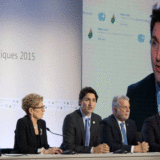
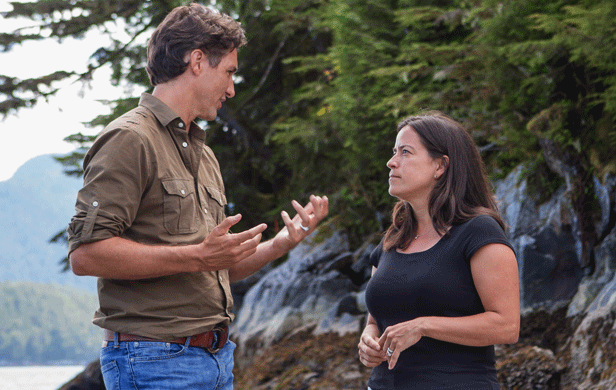
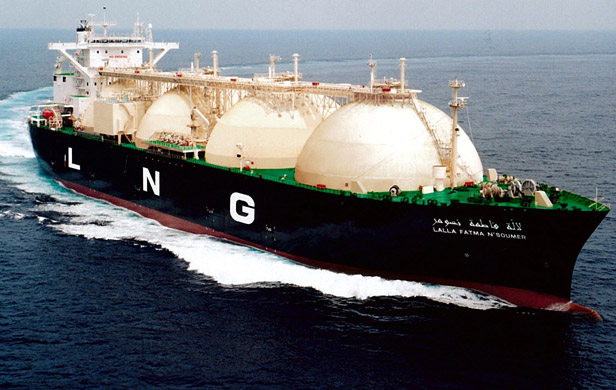 But that’s not all – there was no proper assessment of the impact of noxious discharges of the plant itself into the atmosphere or the impact of poisonous discharges into Howe Sound and their impact on recently restored salmon and herring runs.
But that’s not all – there was no proper assessment of the impact of noxious discharges of the plant itself into the atmosphere or the impact of poisonous discharges into Howe Sound and their impact on recently restored salmon and herring runs.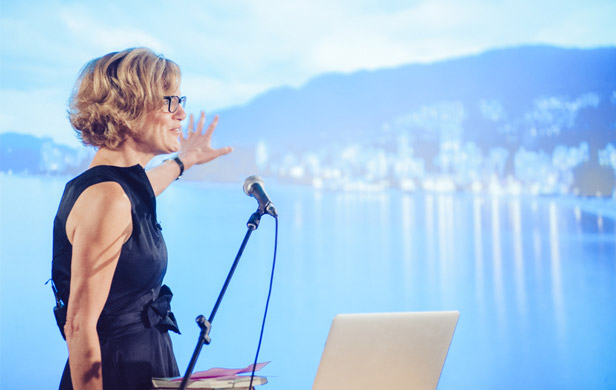


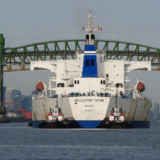
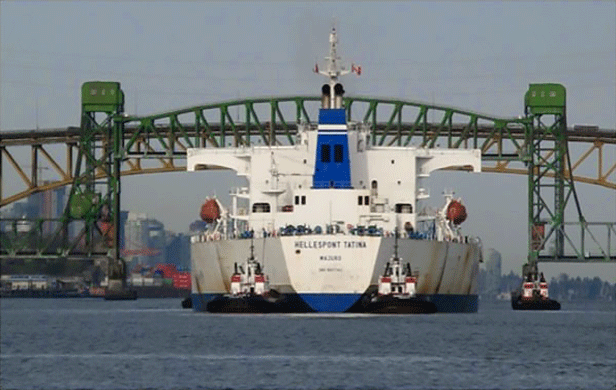
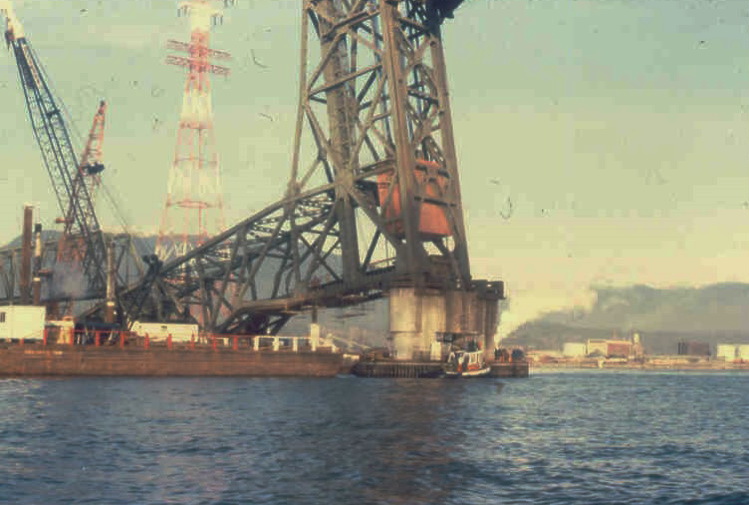
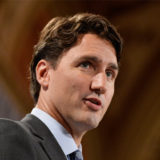
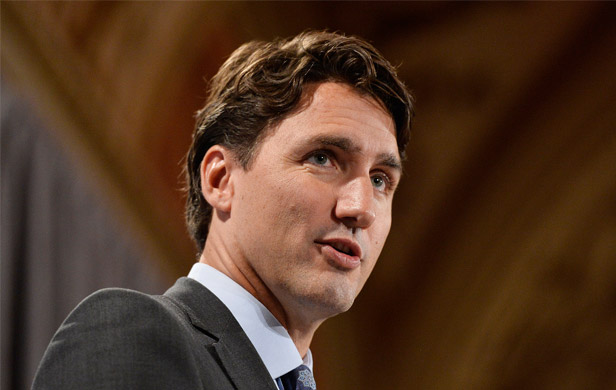
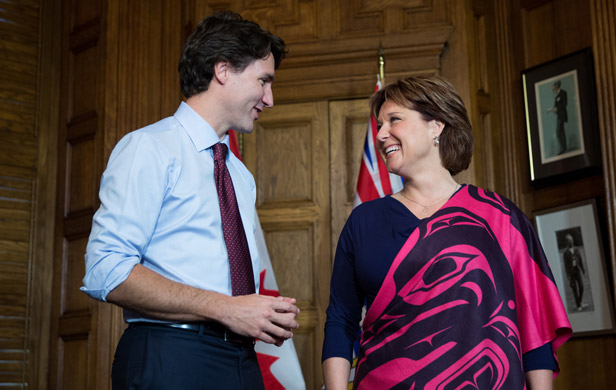
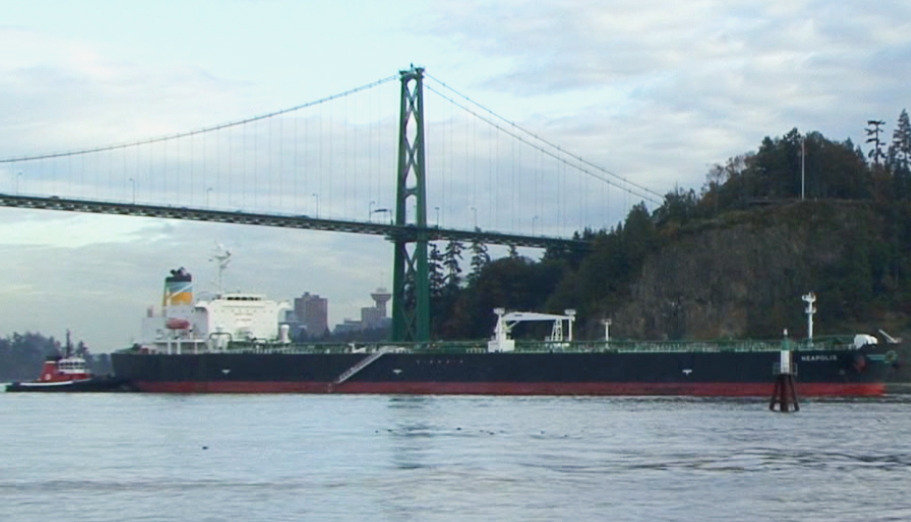 Now comes Kinder Morgan. Your party screamed like a stuck pig at the Harper government’s loading of the National Energy Board in favour of business – business that financially supported his government and now yours. There were going to be reforms. Structural changes, independence, fair play and the appearance of it. I say it again – compared to the NEB and all environmental assessment boards I have attended, the old Soviet show trials look like paragons of British justice. My response to the press when asked what was proposed for WFLNG was that after attending several meetings myself, I would rather have a root canal without an anaesthetic than go through another.
Now comes Kinder Morgan. Your party screamed like a stuck pig at the Harper government’s loading of the National Energy Board in favour of business – business that financially supported his government and now yours. There were going to be reforms. Structural changes, independence, fair play and the appearance of it. I say it again – compared to the NEB and all environmental assessment boards I have attended, the old Soviet show trials look like paragons of British justice. My response to the press when asked what was proposed for WFLNG was that after attending several meetings myself, I would rather have a root canal without an anaesthetic than go through another.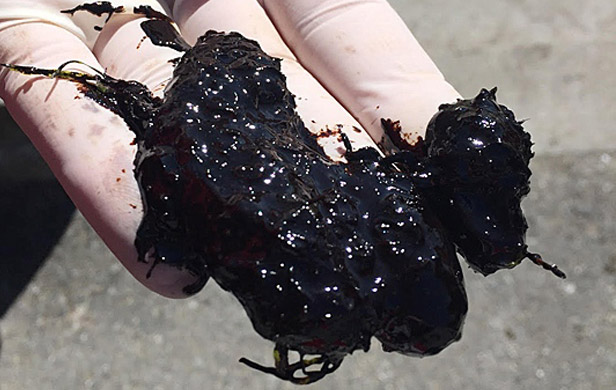
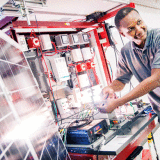
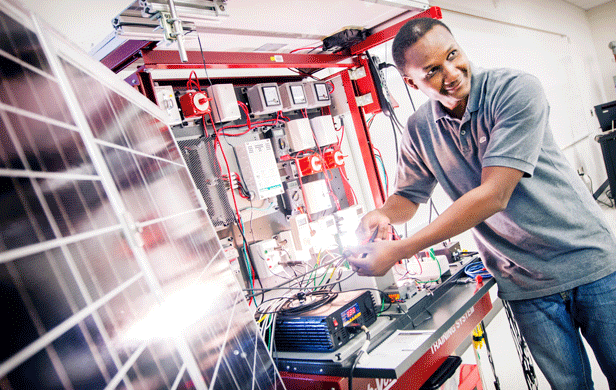



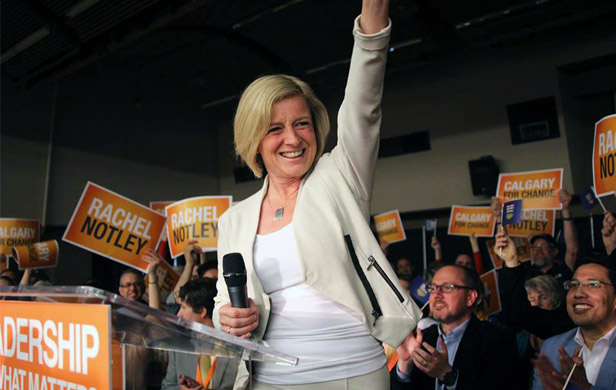
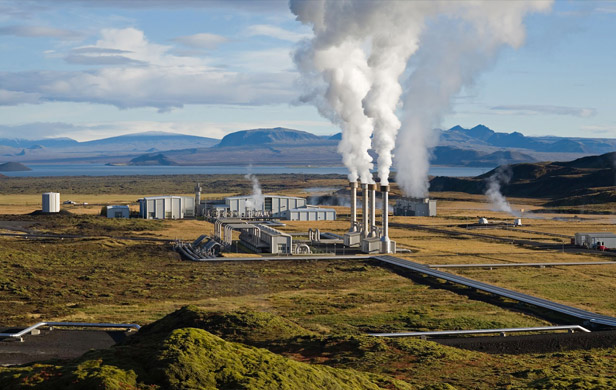
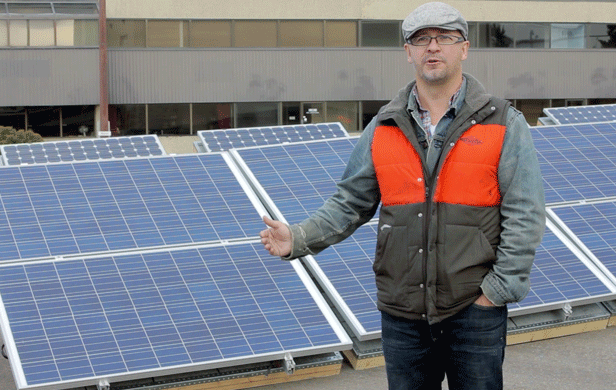
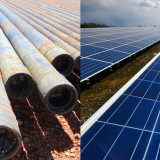
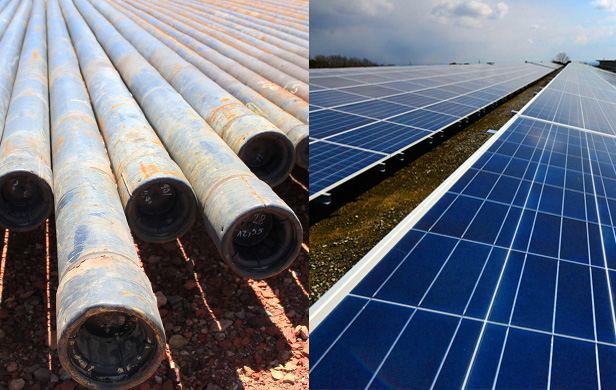
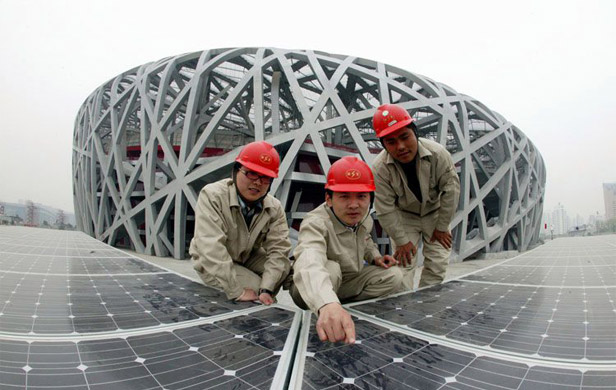
 With respect to transportation, the indications are that we are at the edge of the transition to clean transportation.
With respect to transportation, the indications are that we are at the edge of the transition to clean transportation.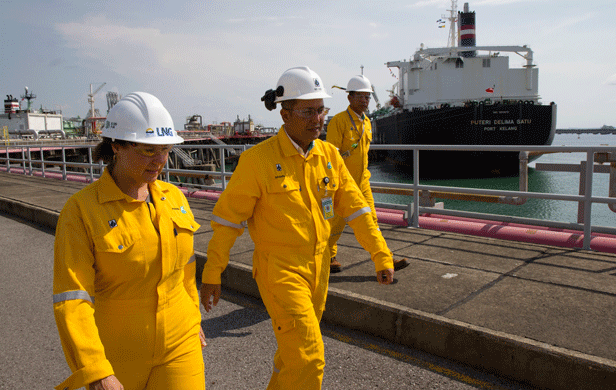
 It is
It is 

